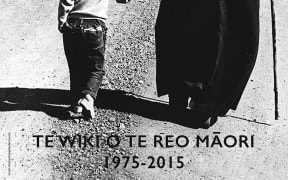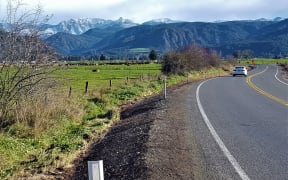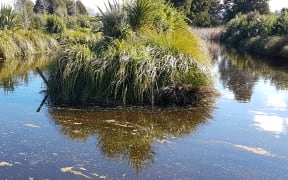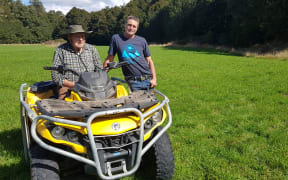Iwi and hapū in Te Tai Tokerau are outraged at proposed restrictions on how land of ecological significance can be used, which they say undermines their right to make decisions about their whenua.
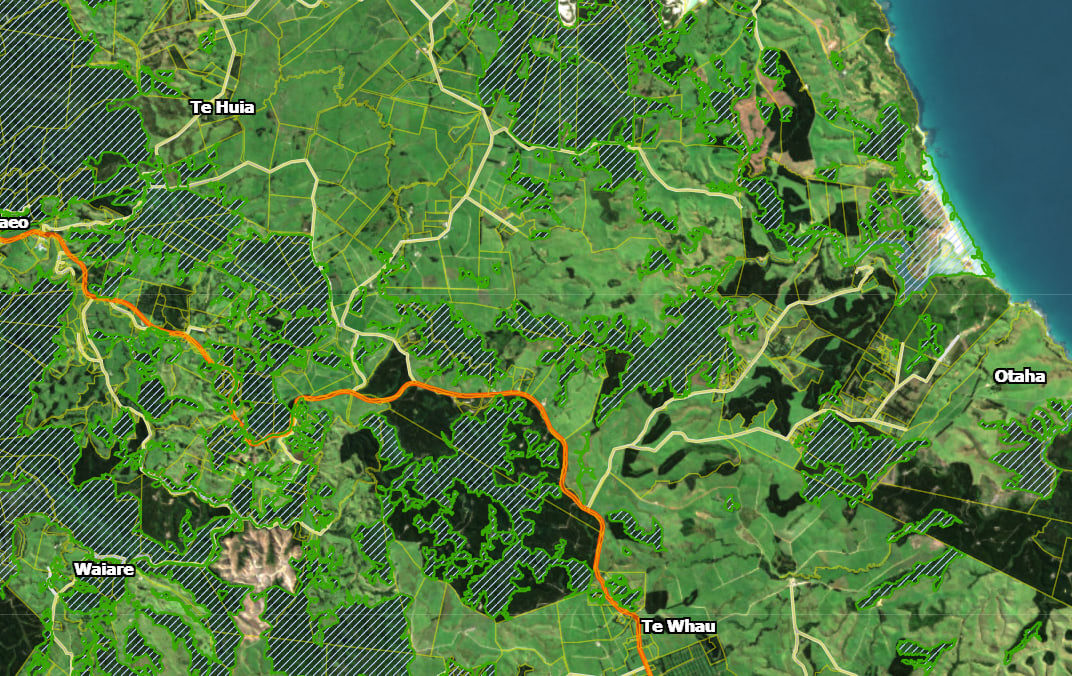
Photo: Far North District Council
The Far North District Council (FNDC) has reclassified 282,696 hectares - or 42 percent of the district - as Significant Natural Areas, deemed to be of high ecological significance owing to the high number of native plants there.
Under the new designation, landowners would need to get a resource consent to subdivide their land or clear native vegetation.
Ngāti Wai had no idea large swathes of their whenua were being considered as Significant Natural Areas until they saw it on the council website six weeks ago.
Te Poari o Ngāti Wai chief executive Hūhana Lyndon said it undermined their tino rangatiratanga and kaitiakitanga rights.
"We will determine how we utilise our whenua and we will rāhui the whenua according to our own tikanga - we don't need council nor the kāwanatanga [government] telling us how to utilise our land and protect those native resources."
Lyndon said the land was mapped for the council by Wildlands ecological consultants last year without the prior knowledge of hapū.
"There's been epic failures across each of these spheres and levels to engage with us as hapū and iwi, as partners through Te Tiriti o Waitangi."
Forty percent is Māori land in either private or collective title.
"We don't need council to be supercharged, in this process - which they are because they're coming in really heavy on us - and telling us what we can and we can't use on our whenua, because it's actually the farmers, it's actually the developers that are the ones clearing the lands but we're the ones most impacted because we haven't developed our whenua," Lyndon said.
Members of Ngāti Wai will be part of a hīkoi to the Far North District Council Kaikohe offices next Friday, the day that consultation on the proposed Significant Natural Areas closes.
Hīkoi spokesperson Hinerangi Himiona has been compelled to take a stand.
"It's infuriating... personally, as someone who's waiting for an occupation order to build a whare on some of that land, hopefully in the next 12 months, that's extremely worrying.
"It's another layer of bureaucracy and red tape we stand to go through."
Te Kāhui o Taonui, the collective of hapū and iwi leaders in the Far North, has also come out against the proposal.
"The lost opportunity is we didn't sit down together to discuss those notions that sit in SNAs and how do they align to our aspirations and our responsibilities to our whenua and our whakapapa," said Ngāti Kuri spokesperson and chair Harry Burkhardt.
All councils would be required to identify areas with significant indigenous biodiversity under the National Policy Statement for Indigenous Biodiversity, currently in development by the Ministry for the Environment.
It is likely to take effect in July.
Associate Minister for the Environment (Biodiversity) James Shaw has called on councils to taihoa - wait - until then, and he has asked Nanaia Mahuta in her role as Minister for Local Development to tell the FNDC to "hit pause", which Mahuta has supported.

Minister for the Environment (Biodiversity) James Shaw Photo: RNZ / Samuel Rillstone
However, in a statement FNDC general manager Darren Edwards said its district plans must be aligned with that of the Northland Regional Council, which already has those areas mapped out.
He said it was clear iwi, hapū and whānau were feeling undermined, and they would be undertaking further engagement in the next few months.
Far North District councillor Moko Tepania said he would be advocating for the council to slow down its process.
"Whenua Māori shouldn't be subject to conditions where you'd have to go out to get resource consent to see if you can even put a papakāinga up.
"Central government had the passing of the Rating of Whenua Māori Act, which encourages development of whenua Māori, and then you get slammed down with SNAs which discourages it, so it's sort of like are you being lifted up or are you being slapped down?"
Other legislation intended to make it easier for housing developments on Māori land include the Te Ture Whenua Māori Act, which allows whānau to apply for occupation licenses for papakāinga housing for more than 14 years, to make it easier for them to secure finance.
The hīkoi will start with Muriwhenua whānau, hapū and tamariki from kura marching to the Kaitaia office next Thursday, before joining the protest in Kaikohe the following day.

